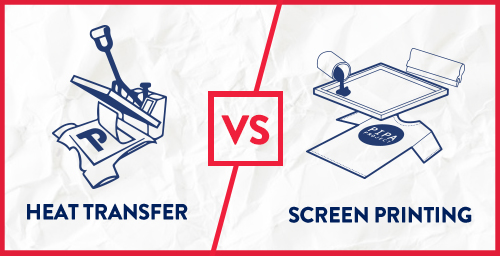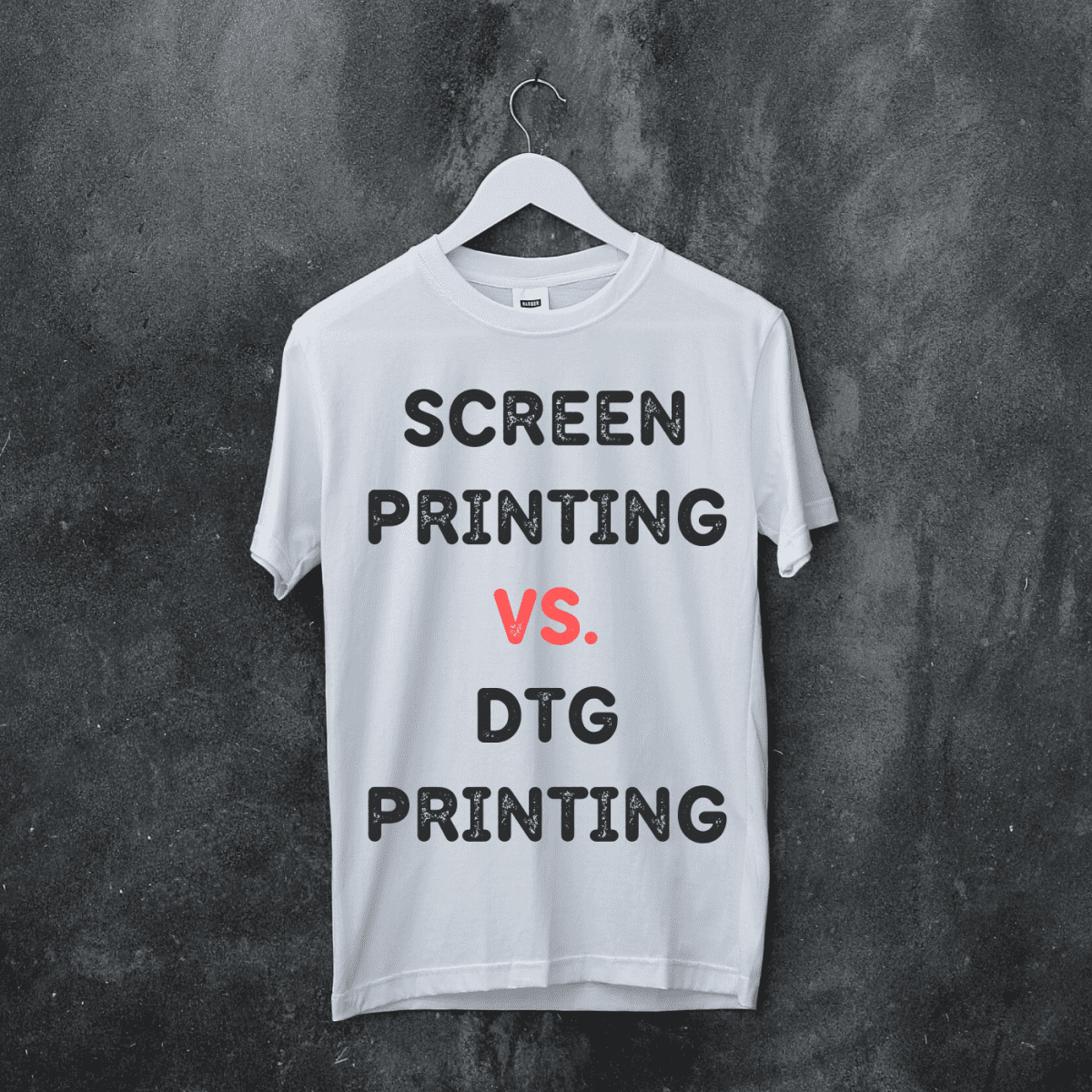Examine This Report on Tx Tees
Examine This Report on Tx Tees
Blog Article
The Greatest Guide To Tx Tees
Table of ContentsThe Best Guide To Tx TeesTx Tees for DummiesThe Facts About Tx Tees RevealedSome Known Facts About Tx Tees.The Best Strategy To Use For Tx TeesTx Tees for BeginnersThe 5-Minute Rule for Tx Tees
Add up other prices, like the number of utilities it takes to run the store and the cost of ink and solution per style. Take the print listed below.The emulsion ought to just be a few cents because you 'd only require to coat one display for this task. Just how much should you bill per shirt to make a revenue? Normally, printers attempt to make up to 45% earnings on a print work. Below's a table to help you determine that: total price per thing percent of desired earnings as a decimal (example:.25 or.45) profit made per product per task Currently let's speak about the productivity of DTF.

With DTF, you can print a handful of tee shirts, or just one. Both screen printing and DTF have their particular niches in the world.
Tx Tees Fundamentals Explained
The very best way to understand? Ask around and see what printing shop like your own are doing. screen printing shop. Attempt both out and see which you like far better
When you're selecting what kind of printing method to make use of for publishing your artwork designs on your garments, it's vital that you know the differences in between these two strategies so you can optimize results while reducing costs. Screen printing is the most commonly utilized method for publishing layouts on textiles.
DTG printing is likewise called spot or straight to garment printing since it prints just what is required rather of making a display as screen printers do. https://www.metal-archives.com/users/txtees02. Screen printing works by screen filler squeegee display printing ink screen mesh screen, then moving the image to garment making use of warmth and/or stress
The DTG printer utilizes special dye-sublimation inks that are used into a pre-designed photo by a digital printing system. The inks become component of the material, enabling lively shades and phenomenal detail. It's additionally called place or straight to garment printing due to the fact that it prints only what is required instead of making a display as screen printers do.
Tx Tees - An Overview
First, it's much faster - you can print a fullcolor photo in mins, as opposed to hours for screen printing. Second, there's no set up time or expenses involved - you can print any type of style you such as, without having to produce a display initially. Third, there's no waste - because display printers screen print one layout each time, they have to evaluate each color individually.
The paper is extremely costly and can just be used as soon as. Once it's printed on, it needs to be thrown out. - The initial purchase price is reduced than the upfront financial investment of DTG printers- You can print multi-color designs one display at a time rather than needing to publish each shade separately like DTG printing.

Tx Tees Can Be Fun For Everyone
Instead of making use of display mesh as screen printers do, color sublimation printers make use of laser innovation to move your photos onto garments or paper. A heat procedure moves the color from its solid-state straight into the gas stage which consequently integrates it onto fabric substrates when they are quickly heated to high temperature levels under high stress.
Sublimation printing is environmentally friendly. It utilizes much less water than screenprinting, and since it does not involve the use of dangerous solvents, it's secure for all sorts of garments. The dye sublimation inks are also odor free when treated, unlike screen printers that utilize dangerous chemicals throughout the display printing procedure that leave behind an undesirable smell.
They additionally conserve cash on costly equipment like exposure units because color sublimation printers do not call for a UV direct exposure device or a flash treatment stove that is generally made use of in screen printing (custom cap printing). What is straight to garment printing (DTG Printing)? DTG printing is a digital screenprinting procedure that publishes straight onto fabric using specialized inkjet printers
Getting My Tx Tees To Work
DTG printing provides lots of benefits over typical screenprinting, including the capacity to print photographic top quality photos, greater shade vibrancy, and the capability to print styles on darker materials. DTG printers work by heating the fabric ink until it develops into a gas. The gas then penetrates the material, bonding with the fibers to create an irreversible print.

Display printers just prepare their display after that begin printing up until they run out of product or ink.- There is a variety of skilled display printers around the globe, which can be useful for beginners. - It's a slower process - display printers often need to wait for the ink to dry prior to they can publish the next color- Display printers call for manual labor, so there's a greater understanding contour and it takes longer to create a top notch style- Display printing isn't as precise as DTG printing, so you may obtain some "bleeding" of colors from one component of the picture onto an additional if not done correctly.
An Unbiased View of Tx Tees
Nonetheless, rather than making use of screen mesh as display printers do, color sublimation printers make use of laser technology to move your images onto garments or paper. A heat process moves the dye from its solid-state straight into the gas stage which subsequently fuses it onto material substratums when they are rapidly heated up to heats under high pressure.
Sublimation printing is environment-friendly. It uses much less water than screenprinting, and because it does not involve the use of harmful solvents, it's risk-free for all kinds of clothing. The dye sublimation inks are additionally odorless when treated, unlike display printers that make use of harmful chemicals during the display printing procedure that leave behind an unpleasant odor.
They additionally save money on expensive devices like direct exposure units because color sublimation printers don't need a UV exposure unit or a flash cure stove that is usually used in display printing. What is straight to garment printing (DTG Printing)? DTG printing is an electronic screenprinting procedure that prints directly onto textile using specialized inkjet printers.
Some Ideas on Tx Tees You Need To Know
DTG printing uses lots of benefits over conventional screenprinting, including the capability to print photographic quality photos, better shade vibrancy, and the capability to print designs on darker fabrics. DTG printers function by warming the textile ink till it turns into a gas. The gas after that penetrates the fabric, bonding with the fibers to produce an irreversible print.
Report this page